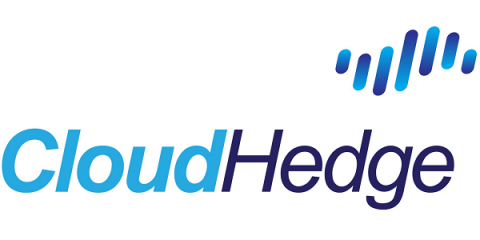Migrating from Monolithic to Cloud Native Applications
Lately, the public cloud services market has created one of the biggest disruptions in the tech market. In fact, as per Forrester Data, public cloud services forecasted a 22% CAGR in the public cloud market from 2016 to 2020. In addition, Gartner projected the Infrastructure as a Service (IaaS) to grow 35.9% by end of 2018 to reach $40.8 billion. Looking at the potential of the cloud market and the benefits associated, right now would be the apt time to migrate from monolithic to the cloud.


